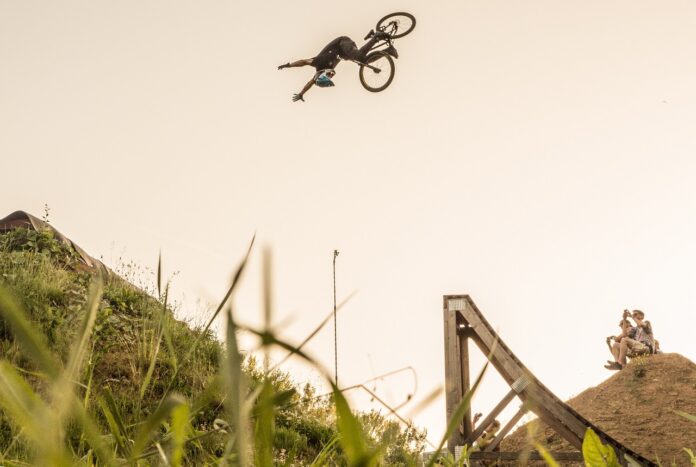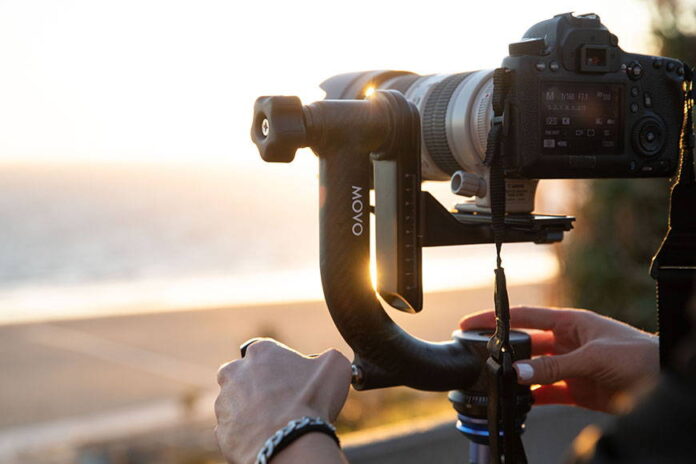
When you’re out filming action sports, you’re constantly battling against the wind and gravity. And if you’re trying to capture a smooth, cinematic shot, you need to be able to hold your camera steady no matter what’s happening around you.
In this guide, we’ll show you some tips for shooting moving subjects without ruining your footage.
Research the Sport and The Athlete
Before you begin filming, it is important to make sure you understand the sport and the athlete. Familiarize yourself with the rules, regulations, and strategies of the game, and make sure that you know who will be playing on game day.
Researching an athlete involves looking up their accomplishments and professional stats. Knowing an athlete’s strengths and weaknesses can help you decide how to capture them in a way that highlights their best features.
Select the Right Gear
When shooting moving subjects you’ll need to select the right gear for the type of event. A digital single-lens reflex (DSLR) camera body with a capable, fast lens is essential. Choose one with fast autofocus and manual settings that allow you to freeze or blur motion as desired. Make sure your lenses have broad apertures – f/2.8 or wider – and a focal length of 24–105mm.

A tripod might not seem necessary in the fast-paced world of action sports but it can help stabilize footage if used properly. In addition, having extra batteries and backup memory cards on hand is a good idea, just in case you run out while shooting.
It’s also useful to invest in a variety of external filters and other items so that you can customize your shots for different types of lighting conditions and camera angles. Last but not least, be sure to bring plenty of water and snacks because these events often involve long days outside filming!
Scout the Location
Before you shoot any action sports film, it is important to scout and plan the location. This allows you to assess the environment and plan your shots ahead of time.
When scouting a location, look at the space with the following in mind:
- Size of area – How much room is there for moving subjects? Is it large enough to accommodate multiple takes?
- Lighting – What will be the ideal lighting conditions for your shooting? Are there any areas that need light modifiers?
- Obstacles – Are there any obstacles that will affect your shots (e.g., people, vehicles, trees)?
- Safety – Be sure to consider safety when filming action sports. Are there areas that you need to avoid or potential hazards on-site?

Scouting your location will give you an idea of how you can capture the best shots possible and create a more efficient setup for filming action sports. It’s also a great opportunity for experienced cinematographers to take beautiful stills of the environment which can later be used in post-production.
Frame the Shot
Frame the shot depending on the action in an aesthetically pleasing manner. This is easier said than done when shooting fast-paced action, however, it is still possible with practice. Place main elements of focus in or near the ‘rule of thirds’, this can typically provide natural balance and interest to any image.
Prepare in advance before commencing a shot and make sure to be ready ahead of time to ensure you don’t miss any crucial moments during the action. Arriving early with plenty of time for preparation can also help you decide which have or lens works best for framing a particular scene.
- Properly meter light intensity levels.
- Look around carefully and ensure your surroundings are adequately suited for what you’re trying to accomplish with your camera and find the best position from where you want to shoot.
- Always check if there are any obstructions blocking your views while considering formulating another spot that works better with your angle of focal points versus a compromise leading to poor results (e.g., positioned too far away).
Utilize Leading Lines

One of the most powerful techniques to enhance interest in your action shots is to use leading lines. Leading lines are simply lines within the art that point viewers in a specific direction. These can be real lines—roads, railroad tracks, rivers, and beaches for example—or imaginary lines created via composition.
Leading Lines will help you add motion and energy to your films and images by drawing viewers’ eyes toward the subject or main point of interest in the frame. Lines can be used to suggest depth or a journey too.
For example, when filming a downhill mountain bike rider, you could follow them with the camera while zooming out at the same time, making them appear small against a long straight road that winds through hills and valleys.
Leading Lines don’t have to be just horizontal or vertical; they can also be diagonal allowing you to capture impressive shots that evoke emotional responses from viewers: “leading their eyes through an interesting journey”.
Try different angles when shooting – from low down beneath them looking up towards their destination; from high up looking down towards where they are heading; or point-of-view shots – positioning yourself in front of them for dynamic imagery.
Experiment with aerial shots too for creative top-down leading line composition possibilities. Combined with other elements like speeding vehicles or strong shadows this technique will make your action shots come alive!
Use Burst Mode

Burst mode allows you to take multiple shots of your subject in quick succession, essentially creating an action sequence. This is particularly useful when shooting sports – Action cameras use burst mode to quickly capture the action. DSLRs will often allow you to adjust the frame rate; for example, a DSLR camera can shoot at 5 frames per second.
When using burst mode it is important to note that you will be dealing with a large number of images, so remember to:
- avoid taking too many images of the same scene from different angles or viewpoints
- focus on capturing a diverse range of actions and moments
This will help keep your editing time down and help ensure that you are not left with duplicate shots. Think critically about what shot you need and don’t just keep shooting aimlessly.
Conclusion
Shooting action sports can be a lot of fun, but it’s also tough to get good footage without some expert tips. In this article, we’ve outlined some essential advice for filming moving subjects in an effective way.
From getting the perfect shot composition to capturing movement accurately and smoothly, these tips will help you capture great footage that viewers will love. So whether you’re shooting BMX or snowboarding, make sure to follow these guidelines and you’ll be on your way to cinematic gold!








